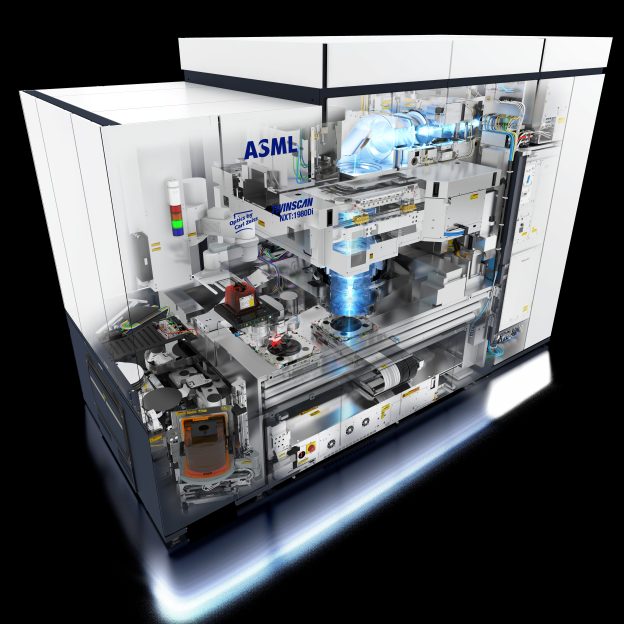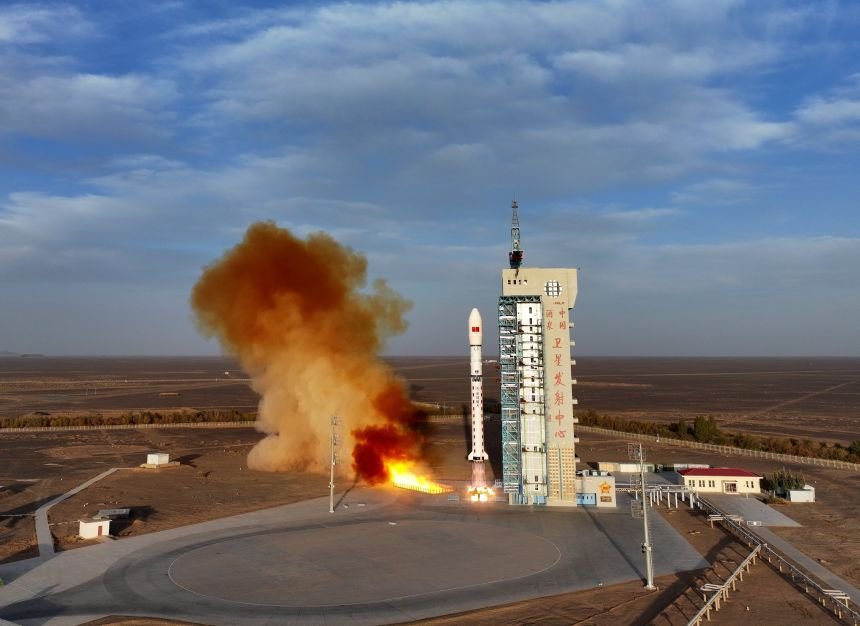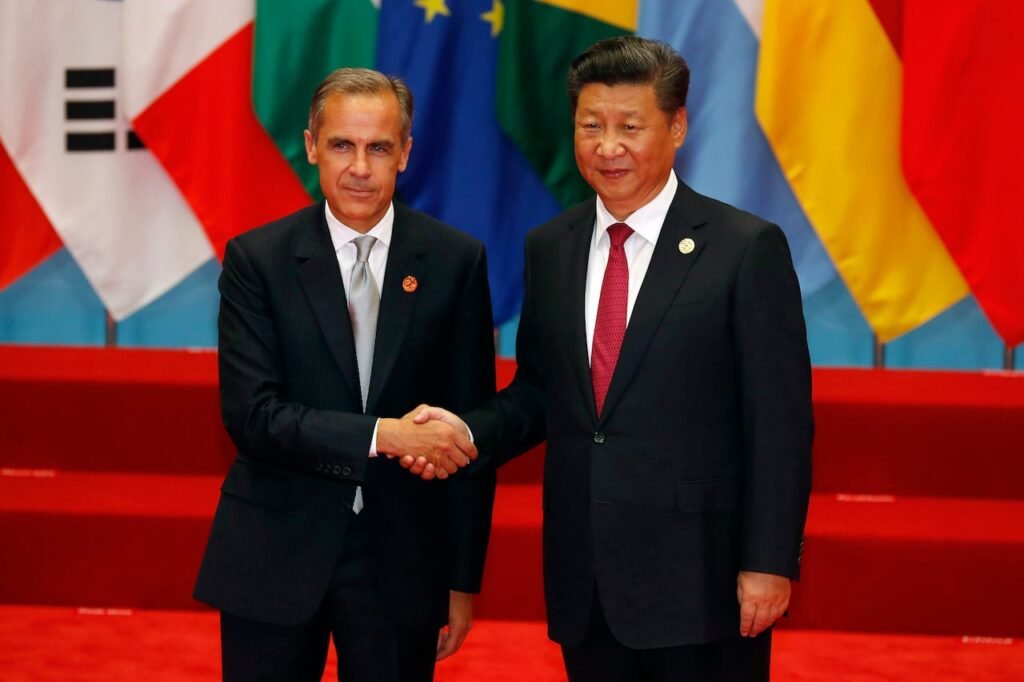
As China pushes to localize chipmaking amid U.S. export controls, developing domestic lithography tools has become a top priority — with ASML’s EUV and DUV systems at the center of its ambitions. Recently, China has reportedly intensified efforts to study the Dutch giant’s DUV machines. According to The National Interest, citing sources, while reverse-engineering ASML’s lithography equipment, China allegedly caused damage to the system and was ultimately forced to seek technical support from the manufacturer.
In recent months, China has reportedly been attempting to reverse-engineer ASML’s DUV lithography machines. The goal, however, is not to mass-produce these older models. Instead, Chinese engineers are seeking to understand the machines’ intricate workings to enable domestic replication, the report states, citing sources.
As the report points out, China hopes to leverage this knowledge to develop more advanced homegrown lithography systems capable of producing cutting-edge chips that the U.S. has restricted from export.
Still, reverse-engineering such complex equipment has proven difficult. According to sources, China damaged an older ASML system during disassembly. The reported incident underscores both the pressure created by U.S. chip bans and the limits of Washington’s export controls, as Beijing continues to push for semiconductor self-sufficiency.
The report further highlights that the alleged mishap reveals how far China still has to go. Without a deep understanding of the extreme precision required, efforts to reverse-engineer ASML’s machines may risk destroying valuable systems rather than advancing domestic technology. Yet, as the report indicates, with China maintaining its own export controls on rare earth minerals, the U.S. chip ban is unlikely to be lifted—and China’s reverse-engineering efforts are also unlikely to stop.
China Pushes Domestic DUV Lithography Despite Technical Hurdles
As part of its broader effort to achieve chip self-sufficiency, China is striving to develop domestic DUV lithography systems, though significant challenges remain. According to Financial Times, Shanghai-based Yuliangsheng — in which Huawei-linked equipment maker SiCarrier holds a stake — has supplied a 28nm DUV lithography system to SMIC, China’s largest foundry, for testing in 7nm production using so-called multi-patterning techniques. Financial Times adds that machines like those SMIC is currently trialing could, in theory, be pushed to produce 5nm processors at lower yields, but are unlikely to support more advanced nodes.
Meanwhile, according to South China Morning Post, SiCarrier may enable domestic 5nm chip production through its self-aligned quadruple patterning (SAQP) technology. South China Morning Post adds that SiCarrier made headlines in 2023 with a patent for manufacturing 5nm chips using DUV tools—a breakthrough associated with Huawei’s 7nm chip in the Mate 60 Pro.
Read more
(Photo credit: ASML)
Please note that this article cites information from The National Interest, Financial Times, and South China Morning Post.
Previous Article
[News] NVIDIA’s Rival Axelera Unveils Europa AI Chip
Next Article
[News] Apple Reportedly Cuts iPhone 17 Air Output, Boosts Base Model by 5M Units








